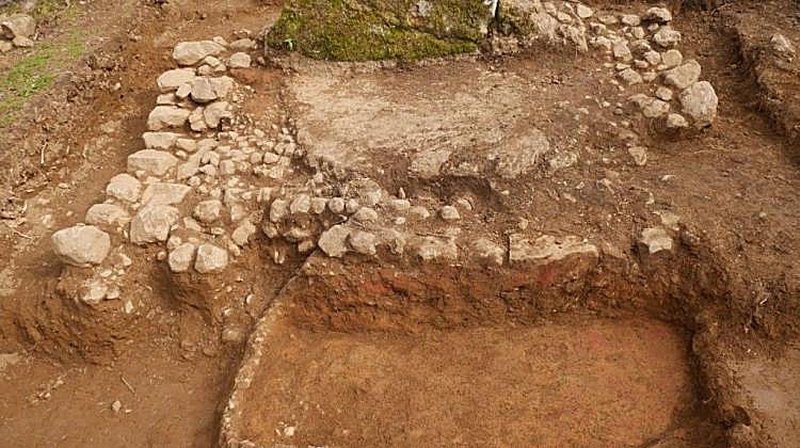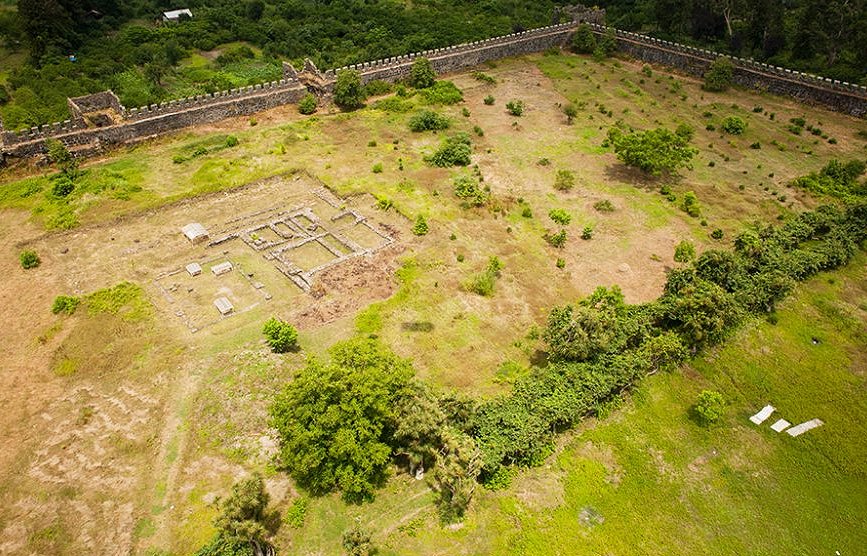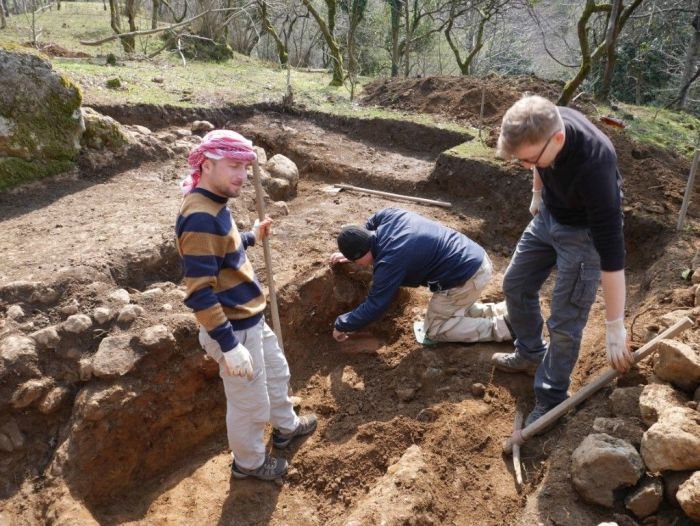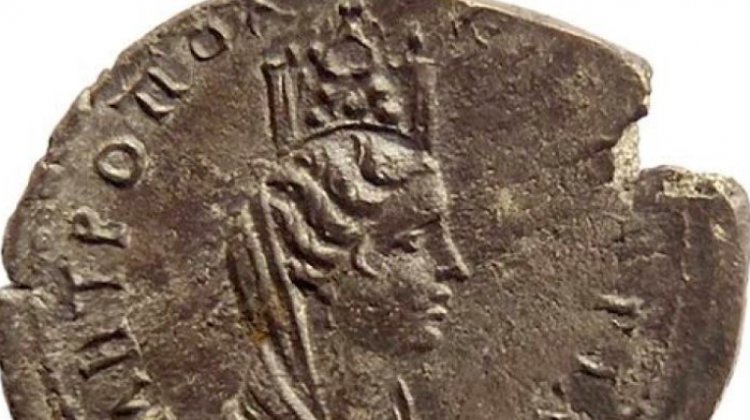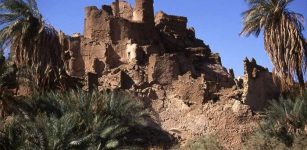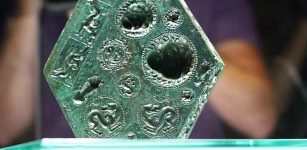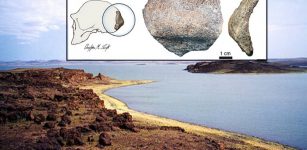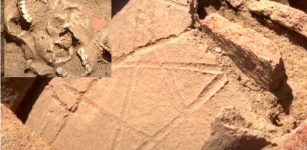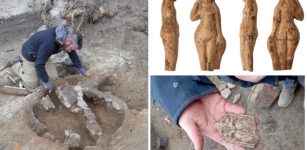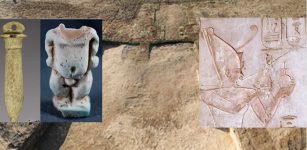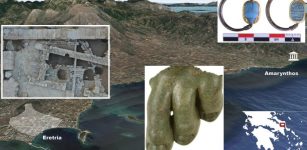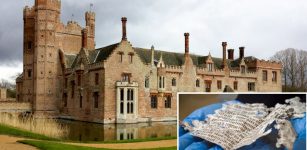1,800-Year-Old Roman Winepress Found Near Roman Fort At Gonio (Apsaros), Georgia
Conny Waters - AncientPages.com - The well-preserved remains of an ancient winepress have been found near the Roman fort Apsaros (today's Gonio near Batumi, Georgia).
The Polish-Georgian team of archaeologists said that the installation almost certainly formed part of a farm producing wine for the Roman troops. The winepress was located a few hundred meters from the garrison.
Remains of the wine press immediately after soil removal and cleaning. Image credit: R. Karasiewicz-Szczypiorski
“From the point of view of the military regulations, this area should be clear. But people have always been interested in doing business," Polish team leader, Dr. Radosław Karasiewicz-Szczypiorski from the Polish Centre of Mediterranean Archaeology of the University of Warsaw said.
"Therefore, brothels were built near this and other Roman camps, and, in this case, a winepress.”
The Georgian side in these archaeological excavations is represented by Shota Mamuladze from the Agency for the Protection of Cultural Heritage of Adjara.
Roman (later Byzantine and Ottoman) fortress - Gonio – Apsaros, located in Georgia, Autonomous Republic of Adjara - ancient Colchis. The fort is dated to Roman period (early phase: second half of the 1st century–2nd century AD). Its late phase dated to the end of the 3rd century AD. Byzantine period (Byzantine fortress: 7th–8th century AD); The Turkish fortress - dates back to 17th–18th century AD. Image credit: The Polish Centre of Mediterranean Archaeology, University of Warsaw.
Among many finds unearthed by Polish- Georgian team, the most interesting are:
- baths from the very early phase of the Roman army’s presence in the region;
- mosaic decorating the floor of one of the rooms in the baths, and several stone architectural elements discovered in the structure of a furnace used for heating the baths and the neighboring hypocaust cellar, including a capital and two bases of columns; they were all reused so they must have come from an earlier building.
Dr. Karasiewicz-Szczypiorski explained that "businesses near camps were often owned by veterans - retired soldiers who, thanks to good contacts with the camp command, started lucrative activity. Both legionaries and auxiliary troops (soldiers who did not have Roman citizenship), were probably stationed in Apsaros."
Polish-Georgian archaeological team during excavations. Image credit: R. Karasiewicz-Szczypiorski)
After examining the installation the archaeologists were able to also guess the kind of wine that was produced there.
“It had to be Kvevri wine we also know from today's Georgia. The wine fermented in clay vessels buried below ground. It had a very different taste from the wine aged in barrels or steel tanks. The wine was earthy and sweet,” said Karasiewicz-Szczypiorski in a press release.
The Polish-Georgian expedition is carrying out research within the walls of the fort and outside the fortress. The winepress was discovered outside the walls with laser scanning (LiDAR), which revealed terrain anomalies.
A few years ago, the team unearthed Bronze and silver Roman coins in the Roman fort of Apsaros, Georgia.
Reverse of Julia Domna coin from the mint in Caesarea, unearthed in Apsaros. Image credit: P. Jaworski/PAP
According to a Polish-Georgian team of archaeologists, the discovery "could be a small part of a larger treasure. The oldest coins were minted during the reign of Hadrian (117-138 AD); the youngest come from the last years of the reign of Septimius Severus (beginning of the 3rd century AD).
All discovered coins come from the mint in Caesarea, the place located nearly 1000 km from Apsaros. They were made of bronze and silver. Fort Apsaros was built around 2 thousand years ago on the border of the Roman province of Cappadocia. Due to its strategic position, the fort played a crucial role in the defence system of the eastern border of the Roman Empire.
Written by Conny Waters - AncientPages.com Staff Writer

